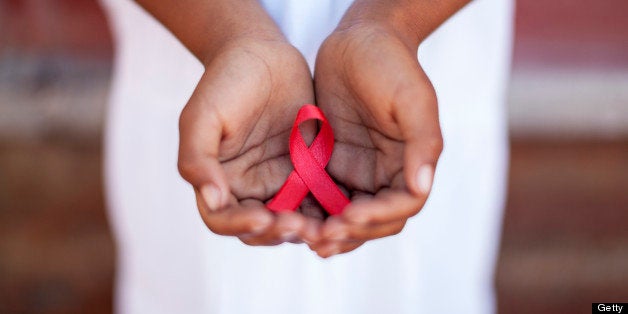
On June 25th of this year, we launched a new report on the progress achieved to date through the Global Plan towards the elimination of new HIV infections among children by 2015 and keeping their mothers alive (Global Plan). Encouragingly, the report showed considerable progress on the goal of preventing new infections among children across many of the 21 Global Plan priority countries in Africa. Another critical and equally important goal of the Global Plan is keeping mothers alive. On this front too, there has been significant progress.
Over the last few years, one of the most important improvements for women's reproductive health has been a massive shift, in both policy and programming, from providing antiretroviral medicines to pregnant women simply to prevent HIV infection in their infants to providing antiretroviral treatment (ART) for women's own health. We are also witnessing the vast majority of high-burden countries electing to move toward a simplified single-pill regimen to both prevent mother-to-child transmission (PMTCT) of HIV and provide HIV treatment. This is the same regimen recommended as the preferred first line treatment for adults and older children, thereby harmonizing ART across different population and age groups. The change means that many of the operational barriers that previously stood in the way of women getting the ART they need are beginning to be removed.
During the first three years of implementing the Global Plan, we have seen a tremendous increase in the percentage of women in the priority countriesreceiving ART for their own health as part of PMTCT programs. When the plan was launched in 2009, in the Global Plan priority countries, just 25 percent of eligible pregnant women (CD4<350) received lifelong ART through PMTCT programs; by 2012, that number had risen to 59 percent. While much work remains to ensure that all eligible women identified through PMTCT programs get lifelong ART as recommended by the 2013 WHO guidelines, a 136 percent increase over three years is certainly worth noting.
Another important achievement of the Global Plan has been the adoption of task-shifting policies allowing nurses to initiate ART for eligible pregnant women. This has decentralized service delivery and brought treatment closer to women. Given the significant shortage of doctors in many of the countries most affected by HIV, this removes a key barrier to accessing lifesaving treatment for women.
Reaching pregnant women with ART through PMTCT programs, and expanding their access to lifelong treatment, is an important step toward ensuring the broader reproductive health needs of women and girls are met. The robust HIV service delivery platforms that have been built in many partner countries already serve as an entry point for women to access other critical and lifesaving health services, including cervical cancer screening and voluntary family planning.
However, here too there is more work to be done. For example, the Global Plan calls for programs to help all women improve their overall reproductive well-being, including avoiding unintended pregnancies. Data show that nearly one in five women in the Global Plan priority countries would like to delay or stop childbearing, but are not using contraception. Also, it is estimated that 5 percent of pregnancy-related deaths worldwide and 25 percent in sub-Saharan Africa are attributable to HIV. A recent analysis from 23 studies found that women living with HIV had eight times the risk of a pregnancy-related death compared with women who were not living with the virus. Supporting the improved integration of voluntary family planning and HIV services would benefit women's overall reproductive health while also reducing the number of infants at risk of HIV infection. In addition, as part of integrated programming, it is also critical that women living with HIV who wish to have children are able to access safe pregnancy counselling and services free from stigma and discrimination.
The PEPFAR Blueprint: Creating an AIDS-free Generation reflects a strong focus on women, girls and gender equality. PEPFAR programs are supporting countries to implement evidence-based multi-sectoral activities that improve the health and well-being of women and girls and promote gender equality through:
· Increasing gender equity in HIV/AIDS programs and services, including access to reproductive health services
· Reducing violence and coercion
· Engaging men and boys to address norms and behaviors
· Increasing legal protection for women and girls
· Increasing women and girls' access to income and productive resources, including education
UNAIDS continues to champion efforts to address the persistent gender inequalities and human rights violations that put women and girls at a greater risk of HIV. By addressing these barriers significant gains can help ensure women have access to HIV prevention, treatment and care.
Eliminating new HIV infections among children and keeping their mothers alive is a shared goal in the global AIDS community. Collectively, we will continue to press forward toward the overall goal of reducing the number of women and girls acquiring HIV infection and ensuring all people living with HIV who are eligible for ART have access to it. Women and girls -- whether or not they are mothers -- need access to comprehensive reproductive health services, including HIV prevention, treatment and care if we are to truly create an AIDS-free generation.